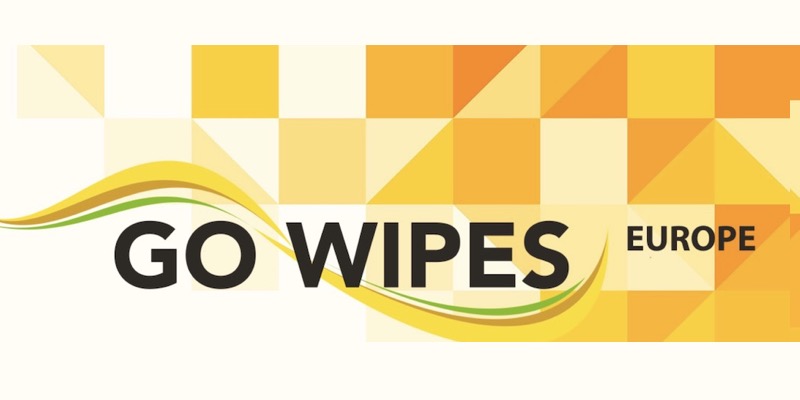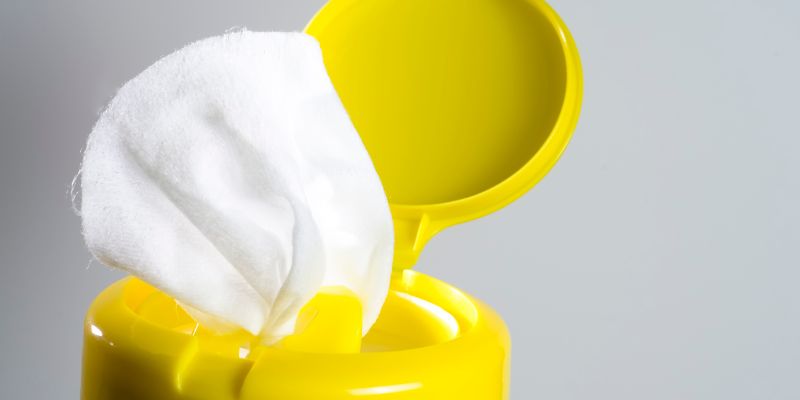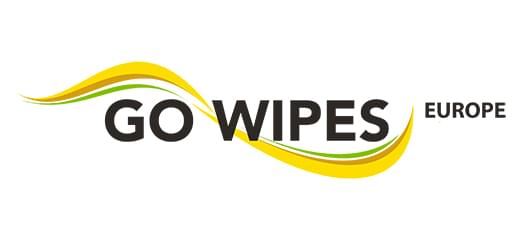
This event will bring together the entire wipes supply chain including representatives from raw materials & fibres, chemicals, machinery, nonwoven manufacturers, wipes converters and producers, regulatory consultants, retailers, and academia.
Please let us know more about the GO WIPE event and its missions.
The programme will include technical and innovative insights that represent the whole value chain, including the development of new technologies to improve the manufacture of wipes, and new trends with regard to end users. It will probably have a focus session on packaging as well.
How do you evaluate Europe’s wipe and nonwoven market in general?
The European nonwovens market and the European wipes market both suffer from external political and economic issues, not specific nonwovens or wipes market issues. Residual Covid effects, Russia-Ukraine, soaring energy costs, imminent recession, inflation, increasing oil prices, transportation costs and availability, and even the drought are all negatively impacting both the overall nonwovens market and the wipes market in Europe.
The overall nonwovens market is especially slow in durable markets, with automotive, agriculture, building and construction, and associated markets all at or below historic averages. Despite these issues, the European wipes markets are projected to rebound well by 2027, with annual growth rates between 2022 and 2027 projected at 7.8% for consumption in tonnes and 6.9% for sales value. While these rates do reflect a rebound from lower growth due to Covid in previous years, they are still at or above the global averages for wipes.
Wipes nowadays are used in different sectors and with different applications. How do you evaluate the future of these amazing products in our daily life?
Wipes are so much more sustainable than alternatives, and the European Union’s Single Use plastics directive (as well as global acceptance of this concept) will make them even more so. For example, a baby wipe composed of wood pulp, cotton, or rayon is based on renewable resources, will biodegrade, and since the cleaning liquid (mainly water) is pre-loaded, water usage is safer and optimal, compared to a textile and consumer-used water and cleansers.
This will be even more important in emerging market regions, where access to sufficient, clean water is limited. Disinfecting wipes contain the correct amount of disinfecting chemicals; not too much which is wasteful and can enter the environment, and not too little, which does not disinfect. As water and energy become even more valuable, disposable nonwoven wipes minimize both resources.
Additionally, another resource wipes help conserve is time…the time it takes an end user to accomplish the task at hand…whether it is cleaning a baby’s bottom or disinfecting a restaurant counter, wipes make these tasks more efficient saving time. In a world where water, energy, and time resources will only get more scarce, wipes have a bright and useful future.

The Middle East and Africa region’s wipe production and per-person consumption are lower than global standards but it is growing fast, How do you evaluate the benefits of this year’s agenda for MEA region wipe and nonwoven industry professionals?
While this show is centred on the European wipes industry and markets, there are several reasons that MEA wipe and industry professionals should be interested:
· The nonwovens used in wipes are not yet produced in sufficient quantity in the MEA; Europe is a major supplier of these
· The major nonwoven production equipment suppliers are located in Europe and supply the world
· The major wipes converting equipment suppliers are located in Europe and supply the world
· There is not yet sufficient converting capacity in MEA for many wipes products; Europe is a major supplier of these
· The newest wipes products and technologies are being developed in Europe
Europe’s proximity to MEA (especially the large Turkish wipes industry) along with its position as a center for innovation and quality in wipes makes it the ideal export partner for MEA, and while initially, the major exports may be products, longer term it will be technology and know-how.
Sustainability is one of the most important topics in recent years, how sustainability is important in the wipe industry?
Sustainability is a major strength of the wipe industry. The obvious reasons include the composition of wipes, where some of the largest raw materials are wood pulp, rayon, lyocell as well as the fastest-growing raw materials.
Cotton and other natural fibres like flax, and hemp is also used. Less obvious are factors like the light weight of a nonwoven wipe versus a textile wipe, the cost of disposal or laundering of a textile wipe (in both euros and resources), and the reduction of waste of resources like water, energy, time, and chemicals.
While consumer convenience is often cited as a major driver for the use of wipes, the increase in sustainability alone should drive wipe use in the future.
To view the latest agenda please click here
Further information about the company can be found here






















